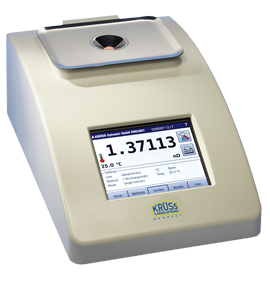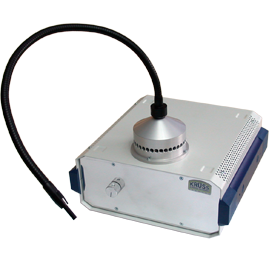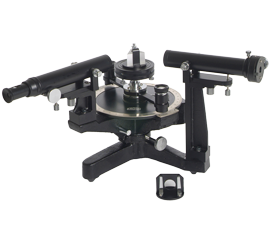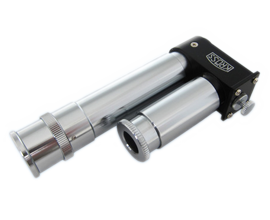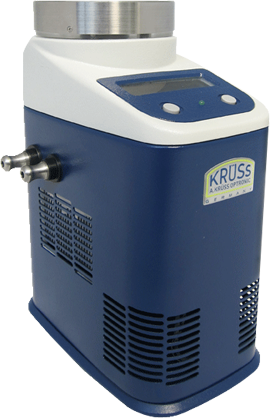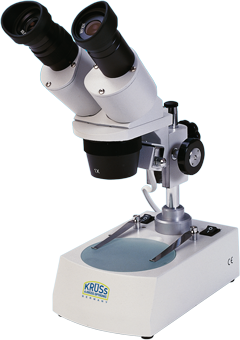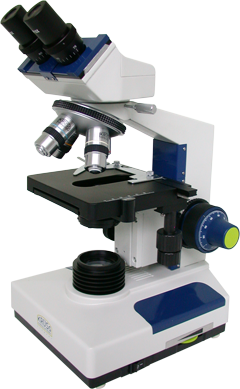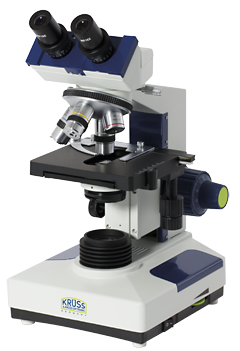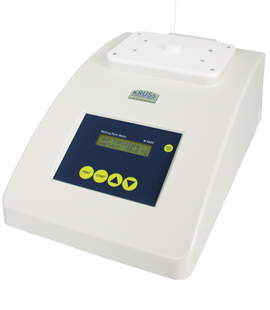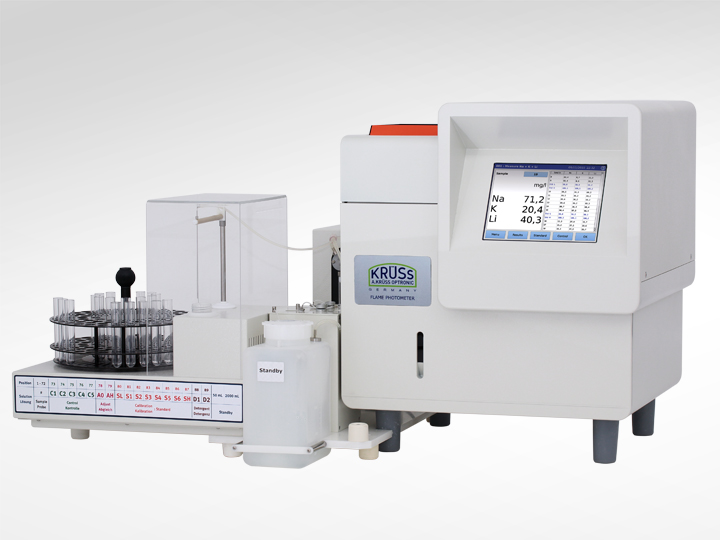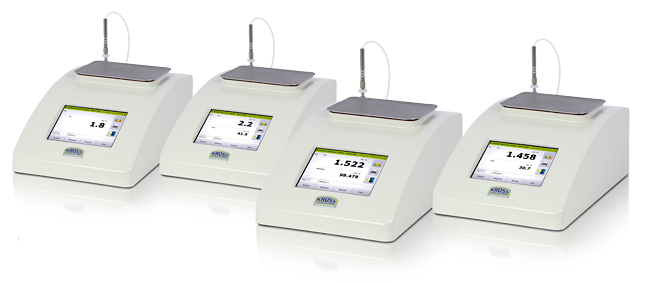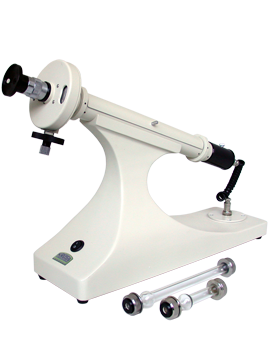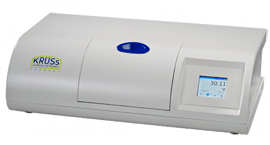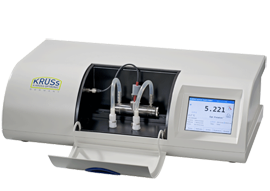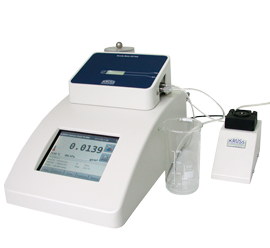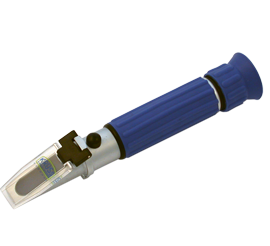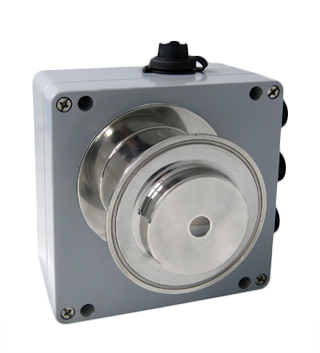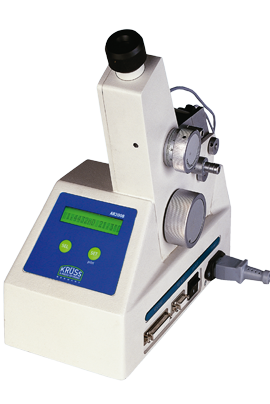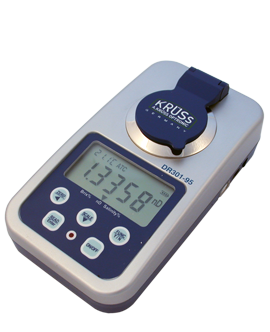Short measuring times at maximum accuracy
High-precision Digital Lab Refractometer series DR6000 for applications such as mixing-ratio, quality and quantity control, plus determination of purity.
Features & Specifications
- With a simple, intuitive touchscreen all results and user management can be operated on the device. The unit incorporates an integrated SQL database, for storing data, and allows for access via a network or standalone PC.
- The DR6000 has an integrated Peltier thermostat for efficient temperature control, allowing very short measuring times at maximum accuracy.
- Easy cleaning of the probe.
- Interface and software package for full GLP compliance.
Four standard models are available in this series, varying according to range, resolution and accuracy.
For prices and availability information on the DR series of Digital Refractometers for the Laboratory, please contact your nearest Krüss distributor, who will be delighted to help.
![]() For full technical specifications, please download the brochure here.
For full technical specifications, please download the brochure here.
Which model should you choose?
Specifications
| Model | Range 1.3200 – 1.5800 nD 0-95 %Brix |
Range 1.3200 – 1.7000 nD 0-95 %Brix |
Accuracy 0.0001 nD 0.1 %Brix |
Accuracy 0.00001 nD 0.01 %Brix |
Resolution 0.0001 nD 0.1 %Brix |
Resolution 0.00002 nD 0.01 %Brix |
|---|---|---|---|---|---|---|
| DR6000 | x | x | x | |||
| DR6100 | x | x | x | |||
| DR6200 | x | x | x | |||
| DR6300 | x | x | x |
T-Model:
with built-in electronic Peltier thermostat
| Model | Temperature control range | Temperature accuracy | Temperature stability |
|---|---|---|---|
| DR6000-T | 10–80 °C (optional) | ±0.1 °C | 0.05 °C |
| DR6100-T | “ | “ | “ |
| DR6200-T | “ | “ | “ |
| DR6300-T | “ | “ | “ |
TF-Model:
with integrated electronic Peltier thermostat and flowcell
TF models are a combination of T- and F-models.
Stefan Wegner from Krüss shows the DR6000 benchtop digital refractometer at Pittcon 2011 in Atlanta.
(Interview by AZoM.com)
KRÜSS digital lab refractometers in the laboratory
KRÜSS digital lab refractometers – News and Blog
How does a Digital Refractometer work?
The measurement of refractive index, also called the index of refraction, is a straightforward process when using modern instruments. Nevertheless the generation of accurate and reproducible results demands that appropriate techniques are used and laboratory technicians are adequately trained.
One major advantage of a modern digital refractometer is that sample preparation is no longer necessary. Liquid samples can simply be placed on the measuring prism and the analysis begun. Good practice requires that the calibration of the instrument is regularly checked, and this can be done by simply measuring the refractive index of a sample of distilled water.
One factor that must be considered is temperature: the refractive index of a substance varies with temperature, and so this must be carefully controlled. A digital refractometer will either incorporate a Peltier temperature control element or, in the case of less advanced instruments, a water bath controlled by thermostat.











